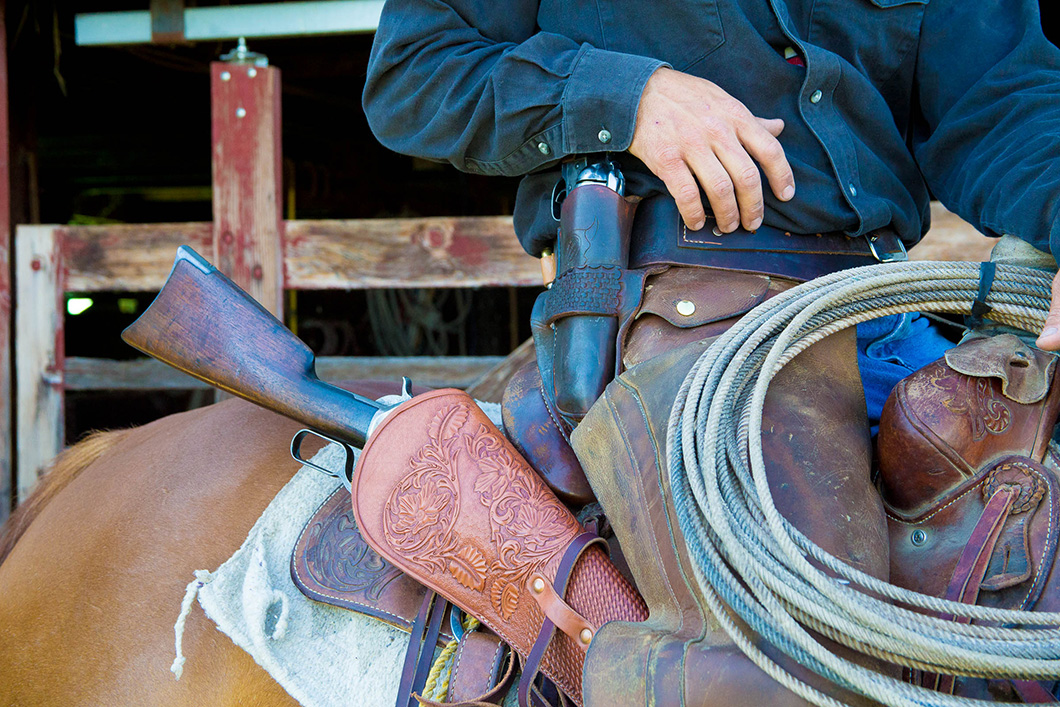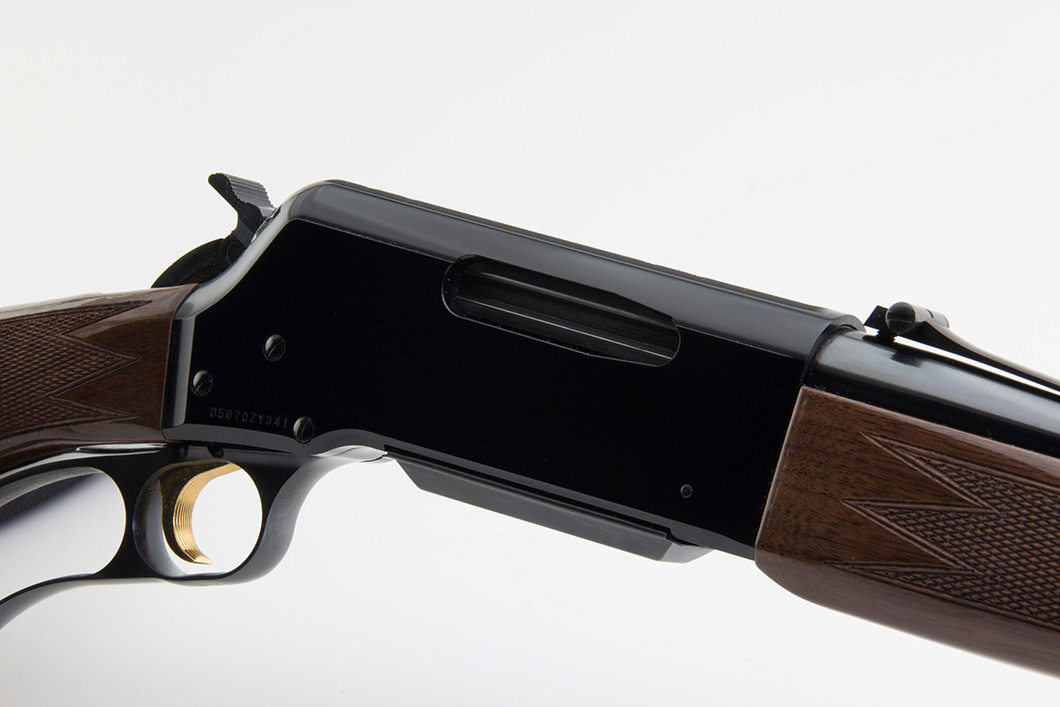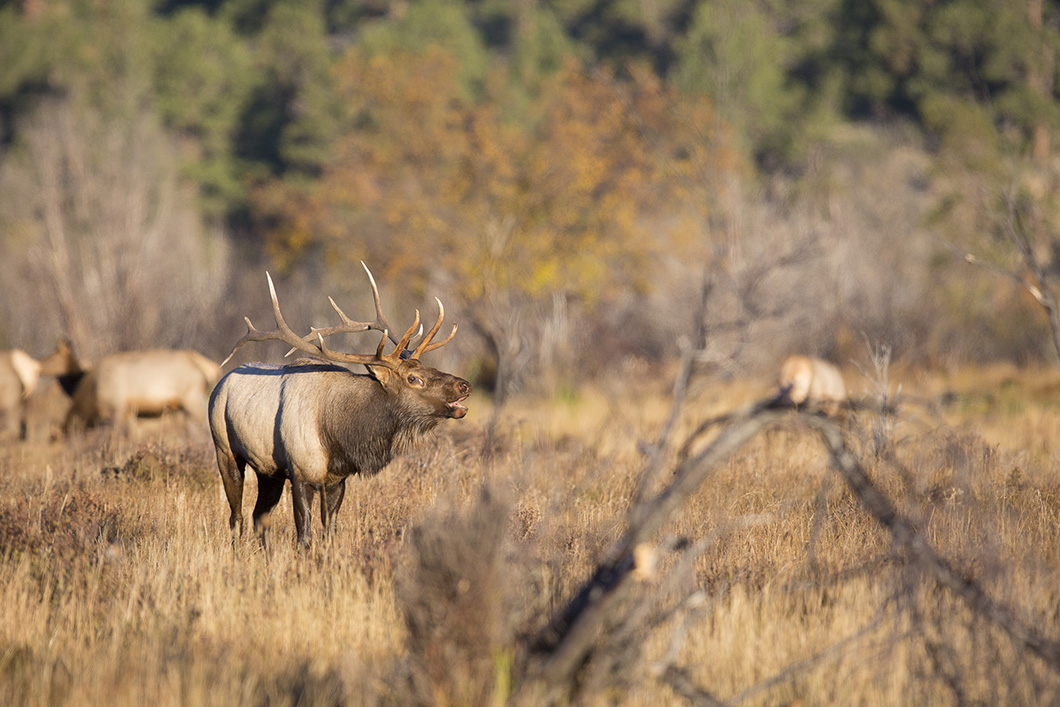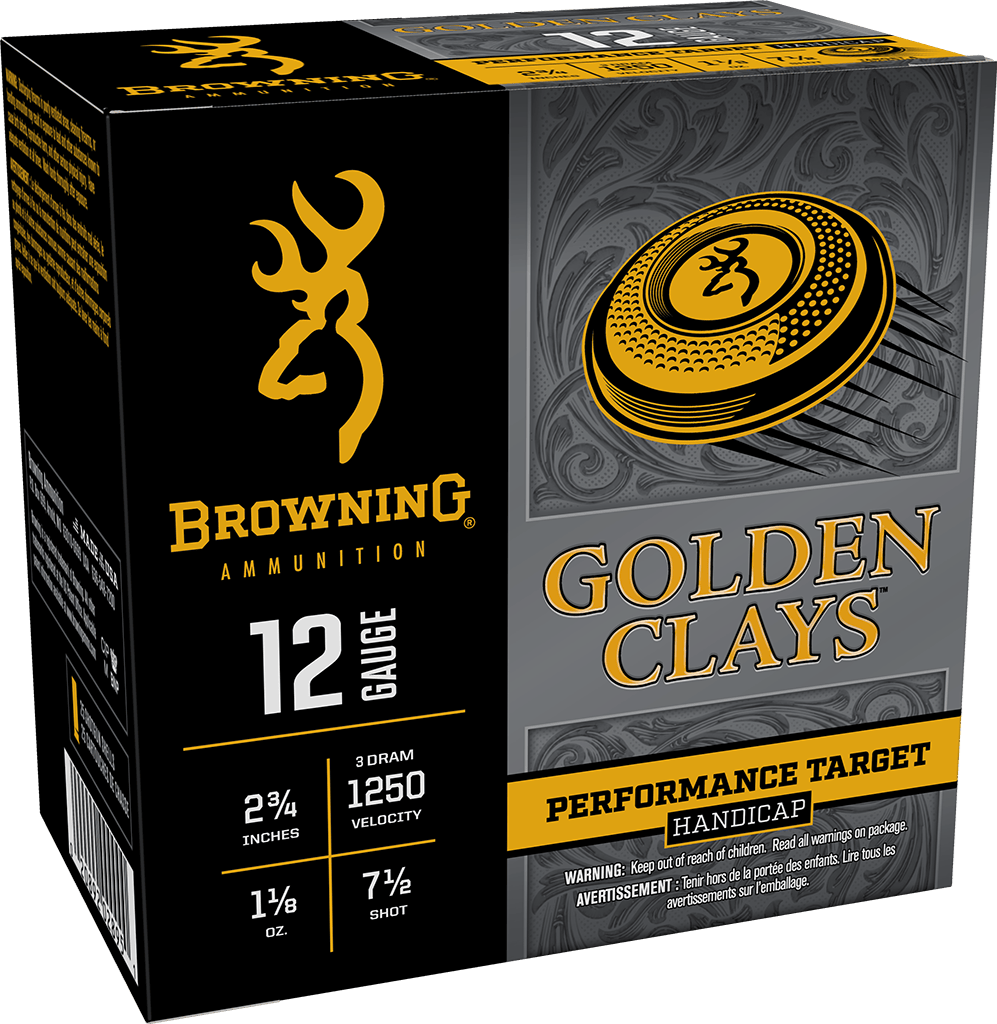Blazing Saddles
Hunting moose from horseback in B.C. some years ago, I had a brand-spanking saddle scabbard fresh from the maker, without a blemish or scuff on it. When I brought it out to the pole corral for the Indian guide to hang on the saddle, he gave it a once over.
“This,” he said, matter-of-factly, “no be new you get done.”
I know, I know, it is incorrect for a Native American, or a member of the First Nations in Canada, to sound like that; but those were his words. And he was making a sharp point. As it turned out, he proved entirely accurate. At the hunt’s end, that shiny new scabbard looked about like a railroad bindlestiff’s boot. And it pleased me no end. It had acquired “character.”


I hate hunting off a horse without a scabbard. Slinging your rifle across your back is an invitation for its barrel to hook under low limbs, beating up on the rifle or, worse, possibly jerking you out of the stirrups. And that mountain-man style of carrying the rifle across the pommel is not for me. I want both hands free for if, and when, I need unabashedly to “pull leather” to stay on.
I have never set off on a horse hunt without bringing my own scabbard, in case the outfitter doesn’t have any. Scabbards vary by type, whether made from stitched leather or canvas, tough synthetic fabric, or hard plastic. There are minimalist “California horn loops,” a simple strap around the receiver of a lever gun to hang it off a saddle horn; a short, cavalry “boot”; a “bucket” scabbard like the ones the cowboy stars used in all those Westerns; and scabbards for scoped rifles with “roll-over” flaps that snap closed to shield the scope lens, or with a detachable hood that fits over the rifle butt and over the opening of the scabbard. Is there a best?

The following are random notes on scabbards based upon experience and never-to-be-humble opinion. Take them for what they are worth, and feel free to think better of them.
Plastic? Surely you jest. Synthetic? Not as bad, but contributes added, scratchy noise when riding through brush. In short, leather. Period.
Fleece lining looks inviting, but it can hold moisture; and if you are not devoted to caring for your rifle, especially during a hunt, you can end up with a rusty pipe faster than you might imagine. Naked leather is best, and use a good leather treatment regularly.
Design? Bucket is fine if you are not using a scope; but otherwise, one shaped to accommodate the optics and with a flap (a hood or boot adds an extra step to clearing the rifle and can leave you with an extraneous item you have to account for) is better. One design feature to look for is an open toe. Unfortunately, most scabbards seem to be stitched closed on the end. Why is this a flaw? Over time, a clump of fine, powdered leaves, pine needles, tree bark, twigs, and any amount of other detritus builds up at the closed bottom of the scabbard, right where you shove in your rifle’s muzzle every time you slip it into the scabbard. An open toe lets all the junk shake out. Failing having one, make sure you knock all the dirt out of the scabbard after each use.
How to sling the scabbard? Here are a couple of basic considerations. First, there is what’s called the “southwest” position with the rifle carried horizontally, fore and aft. Two thoughts, here–this way, the rifle can only be hung off the near side of a horse so it’s handy for pulling when the rider-hunter dismounts on the left. If you have a bad knee on that side, or other discomfort, you’re cooked with this carry. Secondly, carried this way in a scabbard without a flap, the rifle can, if the butt is to the rear, slide out on a steep uphill. Conversely, with the butt forward, it can slide out when going downhill. Also, if the butt’s pointing back, the rifle could be dragged out of the scabbard by brush or branches. The “northwest” carry has the rifle and scabbard running vertically, more or less in front of the saddle fender. This way, the butt sits rather high, so the muzzle-end isn’t dragging or interfering with the horse’s gait. It is, as well, not under the rider’s leg, which can make a long day on trail much more tolerable.
I prefer a northwest carry on the off side. Dismounting, I can open the flap (and I like a roll-over-flap scabbard for maximum protection of a scoped rifle) and draw the gun out over the saddle. (Whenever you dismount, even for just a moment, pull out your rifle; left to its own knot-headed devices, any horse is likely to lie down and roll out the kinks in its back, rolling over your pretty rifle in the process, making it “no be new” anymore.) And, do I have to say, never, never carry a scabbarded rifle with a round in the chamber? And to the question, Can I shoot off the back of this horse, or even next to it? that the answer is, always, once? Don’t do it!
With the right scabbard there’s no problem in carrying a bolt action, but the sheer elegance of a genuine lever-action saddle gun is hard to resist. The Browning BLR lever gun gives a slender, easy to carry rifle, tapped and drilled for a scope, in the great big-game calibers loaded by Browning Ammunition. So there’s no need to horse around. (With apologies.)
Follow Browning Ammunition’s social media channels for more hunting and shooting tips and updates on Browning Ammunition supported events and promotions on Facebook, You Tube, Instagram and Twitter.



